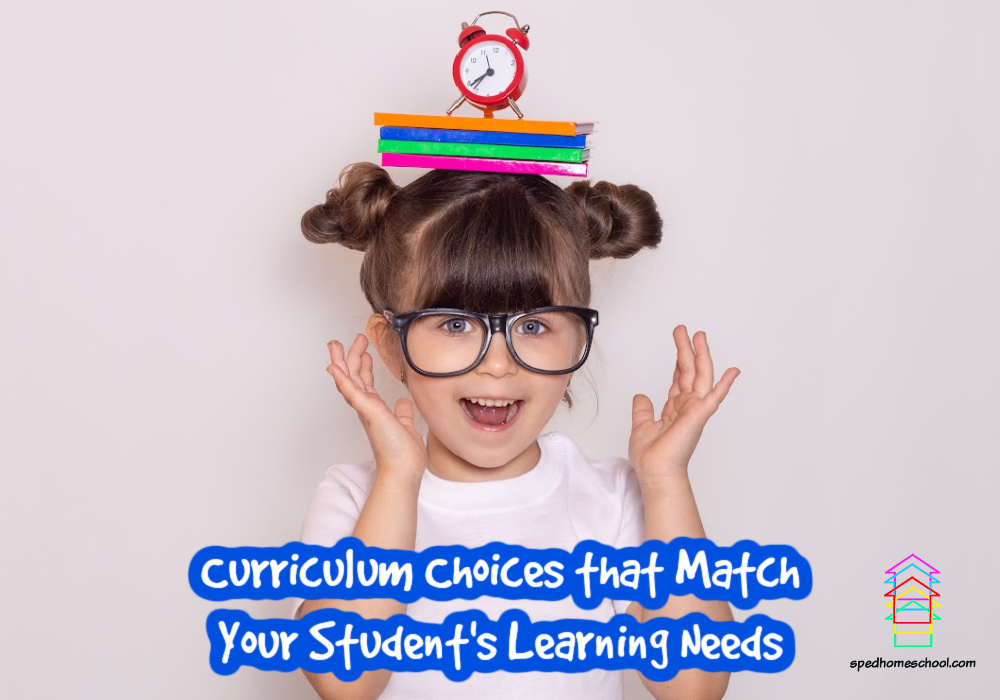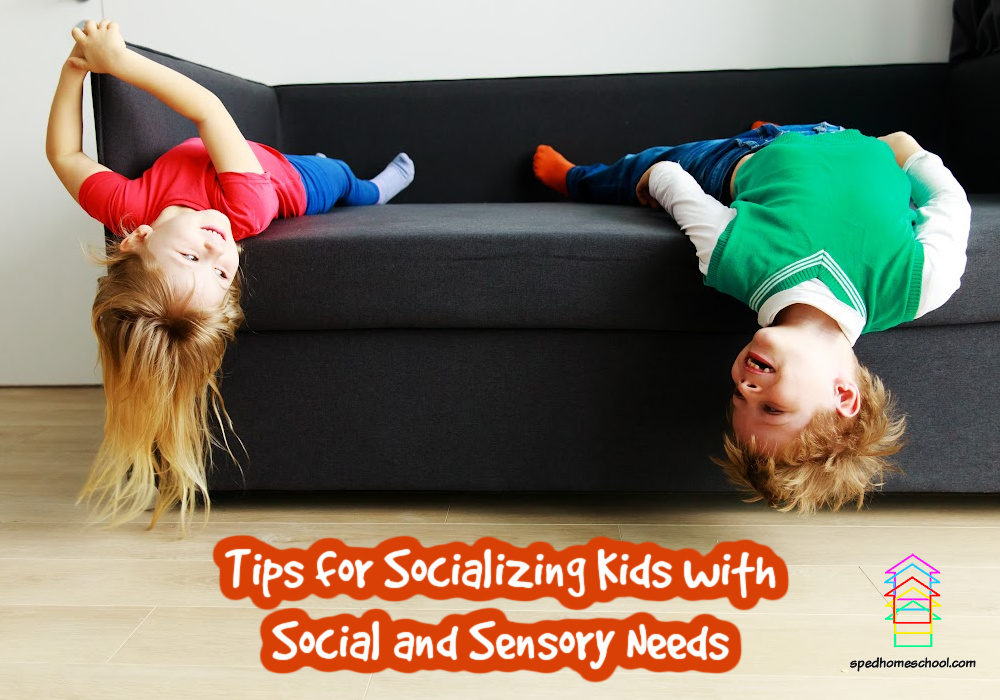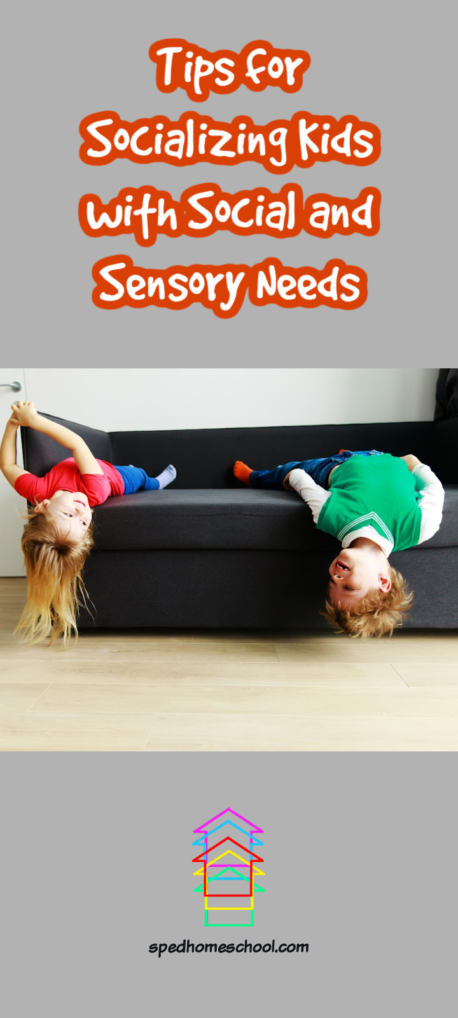
By Heather Walton from A+ Education Solutions
The search for the right curriculum can be overwhelming, given the sheer amount of choices available. Not only are there various vendors, but there are also many philosophical and methodological differences. If you’re like me, you might feel pressured to find the perfect curriculum; you may even worry that your children’s entire education is contingent on your quest. I have some refreshing news for you. There is no perfect curriculum, nor ideal method, for homeschooling your children, apart from that which is laid out in Deuteronomy 6:1-9.
According to this model, we are to diligently teach our children to love God, obey His commands, serve their fellow man, and pass this knowledge to the next generation. That is the content we are to teach. The curriculum, delivery method, is life itself. Parents are commanded to disciple the next generation “when you sit in your house, and when you walk by the way, and when you lie down, and when you rise” (Deuteronomy 6:7 ESV). With that in mind, here are some tips for crafting your family’s curriculum:
- Foster relationships: The Biblical model laid out in Deuteronomy 6 and practiced by Jesus during His ministry clearly demonstrated relational discipleship. Generations passed God’s Word through conversations and everyday life. Until recently, people were present with one another, engaging in conversation and going deep into relatively few relationships. Discipleship happens best through proximity, conversation, and example.
- Academics are only part of your children’s education: God created humans as His image bearers; as such, we are multifaceted beings with various talents and intelligences. Our culture emphasizes academic and athletic intelligence, to the point of excluding: pursuits in trades, arts, and the hospitality business. We tend to neglect life skills and self-sufficiency tasks, instead raising students equipped for college but not for life, and possibly not for eternity.
- Worldview matters: My top goal, aside from raising children who accept Jesus Christ as Lord and Savior, is that they embrace a Biblical worldview. I spend more time and energy on this than any other facet of their education. We begin our day with my husband leading us in prayer and Scripture reading. Then I read from a text or two that emphasizes Biblical character. We also read aloud and discuss material written by Biblically-minded writers. When it comes to selecting curriculum, this is my number one prerequisite. I choose well-written real books over traditional textbooks whenever practical, because they are generally more interesting and provide higher quality learning. There are excellent homeschool texts, written from subject-matter experts that combine a textbook format with the narrative quality of a novel. Biblical worldview needs to be presented with the utmost respect and highest quality.
- Curriculum is your servant, not your master: Many people stress about finishing the curriculum. Others use the curriculum even if it clearly doesn’t suit the child. I know from experience that professional educators rarely finish books, and when they do, they often haven’t gone into enough depth to have thoroughly taught the material. If you give the curriculum a fair chance and you aren’t satisfied with the results, or it’s like pulling teeth daily to get your student to complete it, I urge you to prayerfully consider switching, or taking a break and coming back to it once your student gains more maturity or ability.
- Not every method or curriculum suits every family: Just because an educational method or curriculum works great for a friend or has a compelling presentation at a conference, doesn’t mean it will be perfect for your family. Even if it worked for one child in the family, that doesn’t guarantee success with their siblings. One of the greatest benefits of homeschooling is the ability to tailor your children’s education to their needs and to your family’s needs. Don’t feel boxed in by other’s appraisals. Study your children, and do what works for your family situation without feeling pressured to conform to someone else’s standards.
- Aim your arrows toward the right target: Each child is uniquely created with his own talents, abilities, and challenges. If your child shines in an area, allow them the latitude to pursue that interest more intently than others, even if it’s not academic. If your child needs extra focus in an area, you may need to remediate that area and let others go for a season. It’s a mistake to try to focus on everything at once. Our gracious God doesn’t do that with us, and we need to allow our children the same grace.
Ultimately, I want to equip my children for life and eternity. I used to pour over curriculum catalogs and research my choices. After 8 years of professionally educating and 10 years of homeschooling, I’ve realized that I’m not going to cover everything I’d like to, and I’m not going to choose the “best” curriculum all the time. If I diligently disciple my children to love God, follow his commands, and love their fellow man, I will have reached the goals the Lord set for parents in educating their children.
Heather Walton lives in Taylorsville, Kentucky, where she and her husband homeschool four children and she operates A+ Education Solutions, LLC, through which she performs educational assessment, consulting, and tutoring services in person or online. You can follow her at apluseducationalsolutions.com.







